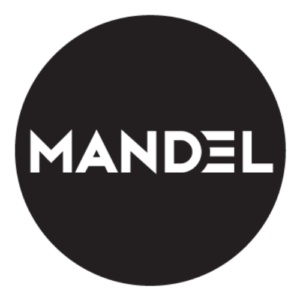Meetings are indispensable when you don’t want to do anything.
-John Kenneth Galbraith, renowned macro-economist (1908 – 2006)
Meetings are the number-one time waster at work, according to 47% of people polled by Salary.com.1 Respondents placed it higher on the “time waster” list than office politics, fixing other peoples’ mistakes, dealing with annoying co-workers — and even browsing the Internet at work!
You can increase your Return on Meeting Time (RMT).Professionals spend over a third of their time in meetings: project updates, sales calls, business reviews, etc.2 And, the quality of those meetings — i.e., the Return on Meeting Time — is way too low given what it costs you to prepare for and participate in them.
Consider these numbers:
- $250,000 per week is the estimated cost of meeting time for a 100-person company.3
- 73% of employees say they do other work than the business at hand during meetings.4
- 60% of people spend more time preparing for than participating in status meetings.5
When it comes to managing hidden costs, it may be time to start thinking of meeting time as the largest hidden expense on your company’s P&L statement. What’s the key to improving RMT in your organization? It’s all about fighting back against disengagement and distraction.
Research suggests that three in five employees multitask during meetings, and workers now spend 46.9% of their waking hours thinking about something other than what they’re currently doing.6
When put in this context, your RMT depends on how expertly meeting presenters and participants can use their communication skills to do the following:
- Capture and keep participant attention
- Accelerate decisions
- Speed up the meeting process (both prep and participation)
Here’s what works: consistently compelling meeting communication. Deploying a consistent, compelling structure for meeting communications across your organization creates common “rules of the road” that are easy for people to follow.
This results in three key benefits:
- Efficiency: shorter meeting preparation time and faster “time-to-decision” in meetings
- Focus: less aimless discussion, since all attendees approach important topics from the same understanding of the critical issues at hand and their implications
- Attention: better engagement and less multitasking, as meeting attendees immediately grasp the gripping consequences of not tackling the problems at hand
I’ve seen first-hand how the deployment of a common communication framework can reap an immediate increase in meeting productivity.
The best meeting communication framework makes meeting prep and facilitation seamless for presenters, and makes it easier for participants to contribute. Mandel’s clients use our Situation-Complication-Implication-Position-Action-Benefit® (SCI-PAB®) approach to accomplish this.
SCI-PAB gives professionals an easy-to-follow framework for organizing their thoughts and then communicating what’s at stake, why participants should care, and what needs to be accomplished during a meeting — things that a stale list of “discussion topics” could never achieve.
If your organization is stuck running mediocre meetings that fail to move the needle on important projects and business goals, then a common meeting communications framework could be the key to boosting your Return on Meeting Time.
And if you’re wondering where to start, I encourage you to learn more about SCI-PAB today.
Sources:
1. Why & How Your Employees Are Wasting Time At Work
2. Meetings In America
3. The 4-Question Meeting: You Can’t Be Brilliant Alone
4. You Waste A Lot of Time At Work
5. Clarizen Survey: Workers Consider Status Meetings A Productivity-Killing Waste Of Time
6. Wandering Mind Not A Happy Mind







